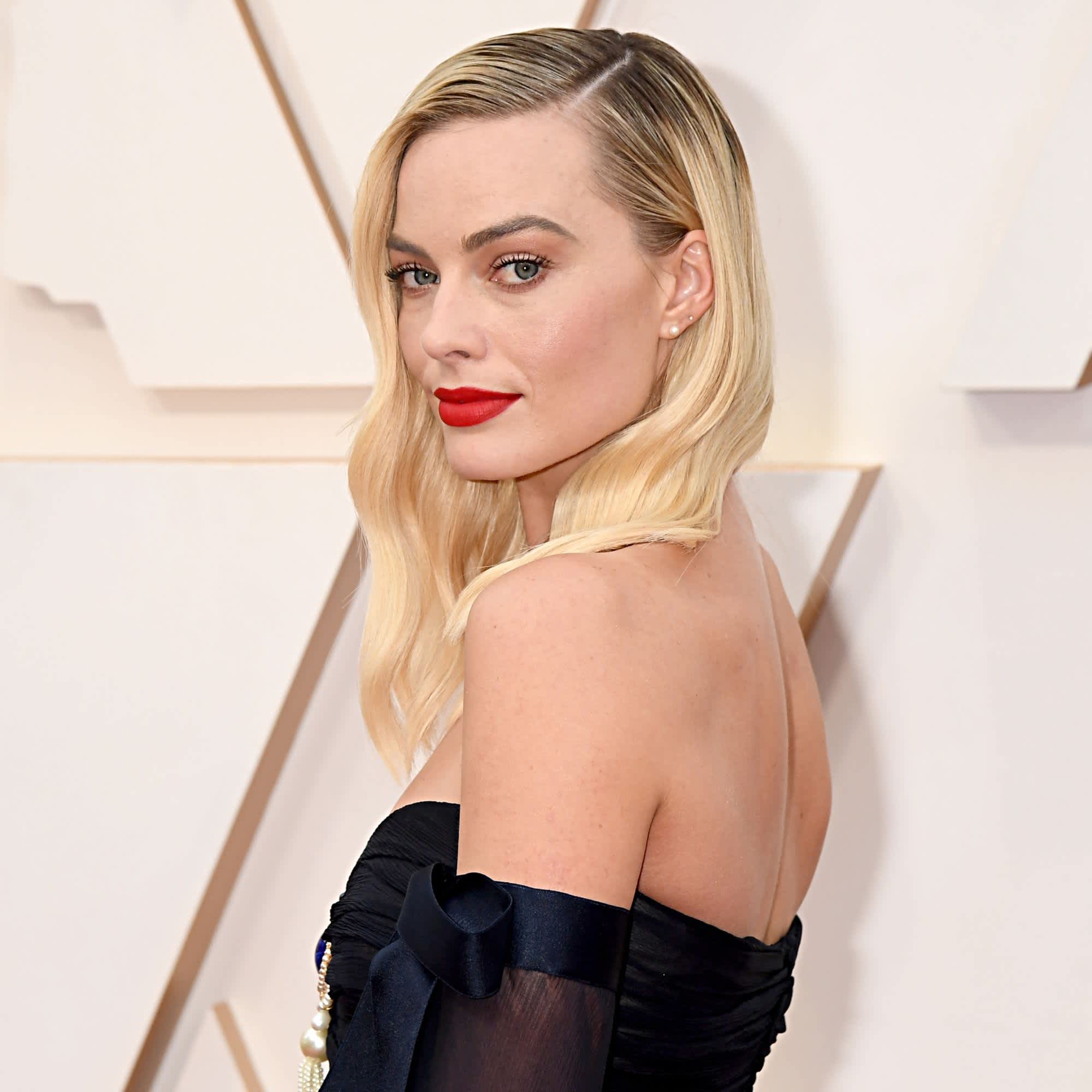
- POPSUGAR Australia
- Beauty
- The Problem With Australia’s Most-Googled Celebrity Beauty Looks
The Problem With Australia’s Most-Googled Celebrity Beauty Looks

Celebrities, both here in Australia and abroad, provide a lot of inspiration for us when it comes to beauty. From red carpet events to personal posts on Instagram, celebs often set the trends in the worlds of makeup, hair and nails. How many times have you been inspired to try a look after seeing your fave celeb rocking the style?
In order to explore this further, beauty retailer RY analysed search data to find out which celebrities you are most interested in when it comes to hair, makeup and skincare. Using Google Tools, RY looked at the search volume for particular beauty terms and phrases. The team then compiled a list of over 200 celebs from sources like Allure and Good Housekeeping.
RY then analysed Google searches for each celeb alongside words like ‘hair’, skincare’ and ‘makeup’. From here, the team was able to collate a list of the celebrities who you are most inspired by when it comes to beauty. The list of American celebrities wasn’t super surprising, with Kylie Jenner, Ariana Grande and Jennifer Aniston coming in as the top three in that list.
When it came to the list of Australian celebrities, the top three were as follows: Miranda Kerr, with 9,900 annual searches, Margot Robbie with 9,590 annual searches and Ruby Rose with 4,000 annual searches. The list also included talents like Nicole Kidman, Isla Fisher, Kylie Minogue and Cate Blanchett.
While these ladies are undoubtedly beautiful and do inspire trends with their own individual styles, the list includes only white women. There isn’t a single woman of colour included in the top 10, which shows how western beauty ideals continue to be upheld in society. All of these women fit these ‘beauty ideals’ to a tee, including high cheekbones, narrow faces, thinness and light skin.
The issue isn’t taking inspiration from these celebrities, it’s that diversity in the beauty industry is so lacking that we automatically gravitate towards these people as that’s what we are served via social media and the internet. Instead of seeking out inspiration from people of colour, the media tends to serve up people who the west deems “traditionally beautiful”.
According to journalist and filmmaker Santilla Chingaipe, the media is responsible for perpetuating ideals of what is considered “normal” in beauty which, in many cases, is whiteness. “The more you have different people that look differently, different body shapes, different skin tones, the more we celebrate individuality over this mythical idea of what the beautiful woman is or what the beautiful man is,” Chingaipe told ABC News.
People of colour, on the other hand, aren’t afforded the privilege of “constantly having your version of you being reaffirmed back to you,” she said. “If you have the dominant narrative telling you that what you look like isn’t considered beautiful because we’re not really celebrating it, it can make you feel excluded.”
And, this list is definitely one of exclusion. This isn’t to finger point at anyone, but rather highlight the work that is still required when it comes to the beauty industry and how it still manages to exclude so many people. The beauty industry as a whole, including brands and the media that writes about beauty, needs to include all people — not just those who uphold white beauty standards.
To diversify what you’re consuming, try following BIPOC beauty influencers on social media. Consume content created and written by those who look different from you and who have different experiences. This isn’t about culturally appropriating their styles, but appreciating their take on beauty.


